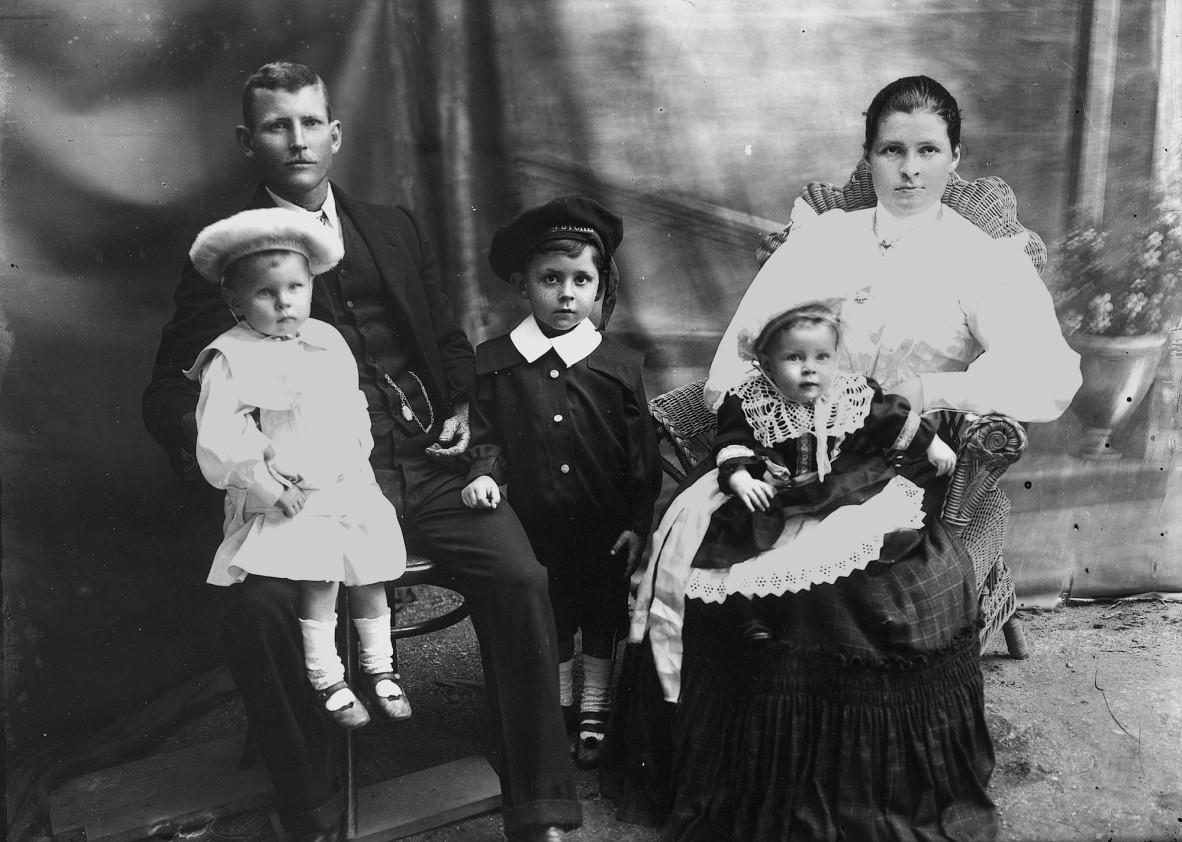- Home
- Tracing your family tree
/
Tracing your family tree
Family history is more than the basic facts.
Learn what family history means. Follow the steps needed to find and record information.
Start tracing your family, and fill in your family tree.
Family History
The term applies specifically to biographical research into one’s forebears with the object of compiling a narrative history of the family. A family history should place the members of the family in their historical, geographical, social and occupational contexts and describe their activities and the lives they lived.

Where do I start?
The first stage in doing a family history is to do a family tree. The information resulting from this search will prompt further exploration of the records necessary to tell the family story. The initial steps are clearly structured.
1. Use a pedigree chart to organise the search record of your direct line
- This can be purchased from the Church of Jesus Christ of Latter-day Saints (LDS), your local family history society or downloaded free from the internet at a number of places such as Cyndi's List or LDS FamilySearch.
- Record information in the detail and spelling provided. Birth, death and marriage certificates provide a lot of helpful detail. Each certificate in the search sequence can provide information to help you find the next one.
- Information on certificates in each State may be obtained at Graham Jaunay's site Adelaide Proformat. [Research Guides < Aus info < BDMs < BDM certificates]
- Each State’s Registry site provides the costs of certificates, the necessary forms and conditions as well as the address. Each Registry site provides links to the others. You could start at the Queensland Government - Births, deaths, marriages and divorces.
- Note that libraries generally hold the indexes to certificates, not the certificates themselves. For information on registers State Library of Queensland holds check Research Guide - Births, Deaths and Marriages.
- Crosscheck names, ages, birthplaces provided for individuals in one certificate with those in another.
2. Trace backwards and record from yourself starting with your full birth certificate
This provides you with information about an earlier generation, your parents:
- your father's full name and place of birth and occupation at the time
- your mother's maiden name, age and place of birth
- when and where your parents married.
3. Record the information from your parents' marriage certificate
Your own birth certificate will provide the details of the marriage place and date that you will need to get a copy of the marriage certificate. Information includes:
- parents' full names, ages and birthplaces
- grandfathers' names and occupations
- grandmothers' maiden names.
4. Record the information from your parents' birth certificates
The birth certificate of either parent includes:
- father's full name, age, birthplace and occupation at the time
- mother's maiden name, age and birthplace
- when and where your grandparents married.
5. Continue following back using certificates to get more information
Death certificates may provide invaluable information:
- father's name and occupation
- mother's maiden name and occupation
- deceased person's birthplace
- when the person has arrived in Australia from overseas, number of years in the colony and in which Australian colonies.
6. If attempting overseas research, exhaust all Australian sources first.
- You need the next set of parents' names and their town or parish of origin to commence an overseas search.
- If not available on the death certificate, try the shipping records.
- Use shipping records found in Australia, not overseas, first.
- These records are organised on a state basis. They are usually indexed according to whether passengers received financial support or not, when coming to Australia.
7. Maintain records of your sources
- Use a research log. This is useful for cross-checking information and picking up errors.
- Samples may be purchased from societies, found in handbooks, or downloaded free from internet sites such as Ancestry.
8. Prepare family group sheets/descendant charts to record relationships other than the direct line.
- Again there are plenty of sources from societies, in handbooks and online.
9. Find out more about the lives of your family
- From countries of origin to Australia there is an increasing amount of material being collated and indexed on ordinary people
- This information is available in a variety of formats
- The internet makes the sources more accessible.
Refer to Gray, Nancy (2002) Compiling your family history (21st ed) (FAMHIS 929.1 2002)